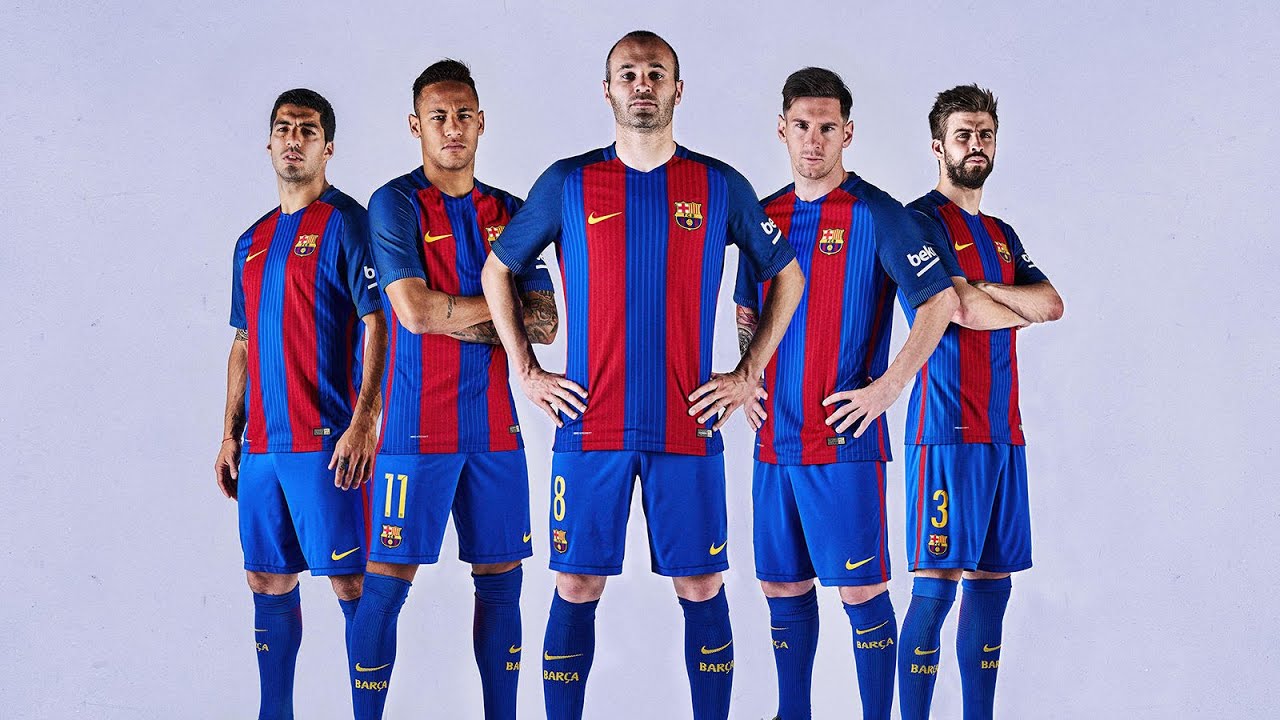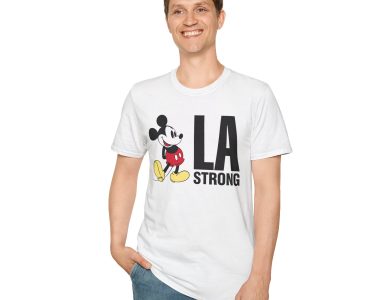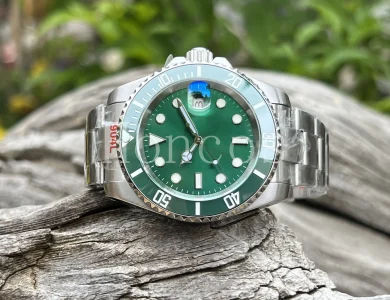The Evolution of Football Team Kits: A Comprehensive Look
Football Team Kits

Introduction: Football, or soccer, is the world’s most popular sport, captivating millions of fans across the globe. While the action on the pitch is undoubtedly the main attraction, the team kits worn by players have also become an integral part of football’s identity. In this blog post, we will take a deep dive into the evolution of football team kits, exploring their history, design elements, and the significant changes that have occurred over the years.
Origins and Early Days:
Football team kits trace their origins back to the late 19th century when the sport began to take shape. Initially, players wore their own clothes during matches, leading to confusion on the field. As the sport grew, the need for standardized attire arose, and clubs began adopting distinct colors to identify their players. The first football kits consisted of long-sleeved shirts, knickerbockers, and heavy boots, typically made of wool or cotton.
The Rise of Club Crests and Badges:
In the early 20th century, football clubs began incorporating their respective crests or badges onto their kits. These emblems served as visual representations of the team’s identity and history. Crests often featured elements such as the club’s initials, a local symbol, or an animal emblematic of the region. Over time, club badges became more elaborate and intricate, often embroidered or printed on the shirts.
Evolution of Shirt Materials:
As football advanced and technology improved, so did the materials used for team kits. Wool and cotton gave way to more lightweight and breathable fabrics, such as polyester and nylon. These materials provided better moisture management and increased comfort for players during matches. Today, advanced synthetic fibers are commonly used, offering superior sweat-wicking properties and enhanced durability.
Design Elements and Color Schemes:
Team kits are not just about functionality; they are also about aesthetics and brand recognition. Football clubs carefully choose their colors and design elements to represent their identity and evoke a sense of pride among fans. Traditional color schemes are often based on historical significance, local heritage, or the club’s founding principles. Stripes, hoops, chevrons, and solid colors are popular design choices that clubs use to create unique and recognizable kits.
Sponsorship and Commercialization:
In the 1970s and 1980s, football team kits became a canvas for commercialization. Clubs started incorporating sponsors’ logos on their kits, creating new revenue streams. This practice quickly gained traction, and today, it is uncommon to see a football kit without prominent sponsorship branding. The influx of sponsorship deals has influenced kit designs, with clubs working to strike a balance between tradition and commercial appeal.
Kit Innovations and Technology:
In recent years, football kit manufacturers have embraced cutting-edge technology to enhance performance and comfort. Advanced manufacturing techniques allow for precise tailoring, ergonomic fits, and strategic ventilation zones. Additionally, kits now feature seamless constructions, laser-cut perforations, and heat-transferred labels for a sleeker and more streamlined look. Innovative fabrics with moisture-wicking properties help players stay dry and cool during intense matches. Some kits even incorporate compression elements to support muscles and improve performance. Technology has revolutionized football team kits, making them more functional and athlete-centric than ever before.
Retro and Tribute Kits:
Alongside the advancements in design and technology, there has been a resurgence of retro and tribute kits in recent years. Football clubs often release special edition kits inspired by iconic designs from their past. These kits evoke nostalgia among fans and celebrate the club’s rich history. Additionally, clubs sometimes pay tribute to significant moments or anniversaries through unique kit designs, further deepening the emotional connection between the team and its supporters.
Global Influence and Cultural Significance:
Football team kits have transcended borders and become powerful symbols of national and cultural identity. The colors and designs of national team kits evoke a sense of pride and unity among fans, representing their country on the international stage. Additionally, football clubs have global fan bases, and their kits serve as a tangible representation of their supporters’ affiliation and loyalty.
Design Your Own Custom Football Team Kits at DEPEX
DEPEX Sportswear is a company that specializes in providing bulk custom football team kits. They offer a range of services to cater to the needs of football teams, whether they are amateur or professional.
DEPEX Sportswear allows teams to customize their football kits according to their specific requirements. You can choose from a variety of designs, colors, and materials to create a unique look for your team. They typically offer options for customizing jerseys, shorts, socks, and other accessories.
When ordering in bulk, DEPEX Sportswear provides competitive pricing to accommodate the needs of football clubs and teams. They understand the importance of quality and durability in sports apparel, so they ensure that their kits are made using high-quality materials that can withstand the rigors of the game.
In addition to customization options, DEPEX Sportswear also offers services such as logo and name printing, allowing you to personalize your team’s jerseys further. To guarantee that the final product is up to their customers’ standards, they collaborate closely with them.
To inquire about bulk custom football team kits or to get more information about their services, you can visit DEPEX Sportswear’s official website or contact their customer support directly. They will be able to assist you with any questions you may have and guide you through the customization and ordering process.




